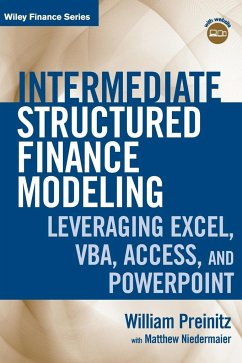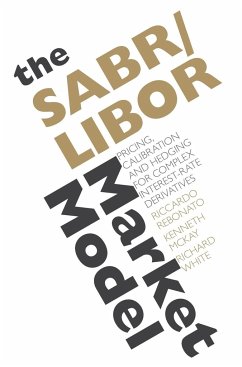
The Structured Credit Handbook

PAYBACK Punkte
34 °P sammeln!
The exploding use of credit derivatives and collateralized debt obligations (CDOs) has transformed the world of credit--creating a trillion dollar market almost overnight, as well as innumerable investment and career opportunities. Authors Arvind Rajan, Glen McDermott, and Ratul Roy are seasoned financial professionals who have extensive experience in this field, and with The Structured Credit Handbook, they look to share their in-depth insights with you. This practical guide is organized into three comprehensive sections--reflecting the natural divisions within the credit marketplace. And eac...
The exploding use of credit derivatives and collateralized debt obligations (CDOs) has transformed the world of credit--creating a trillion dollar market almost overnight, as well as innumerable investment and career opportunities. Authors Arvind Rajan, Glen McDermott, and Ratul Roy are seasoned financial professionals who have extensive experience in this field, and with The Structured Credit Handbook, they look to share their in-depth insights with you. This practical guide is organized into three comprehensive sections--reflecting the natural divisions within the credit marketplace. And each section is comprised of informative chapters devoted to specific products. * Part One describes and analyzes single name credit derivatives (such as credit default swaps and default swaptions) as well as indexes (such as default swap indexes) * Part Two covers portfolio credit derivatives, with chapters devoted to single-tranche CDOs, correlation market technicals, CDO-squareds, and credit CPPI * Part Three is devoted to cash CDOs, and includes chapters on collateralized loan obligations (CLOs), asset-backed CDOs, CDO equity, and commercial real estate CDOs Illustrated with examples throughout, and written in a straightforward and accessible style, The Structured Credit Handbook explains the structure, cash flow characteristics, market application, and investment considerations associated with each product. And with a rich set of case studies highlighting each product, you'll discover how to effectively implement each one in today's dynamic marketplace--as an investment, hedging vehicle, risk transfer tool, and much more.












